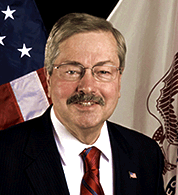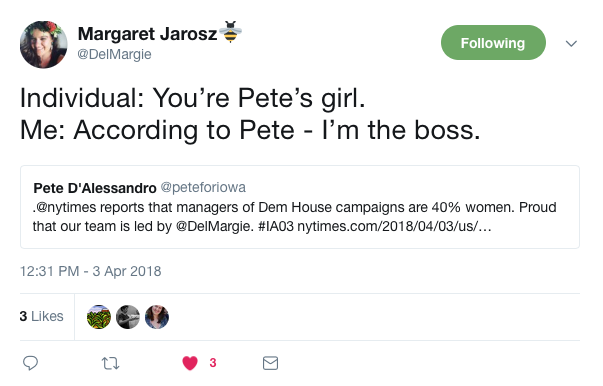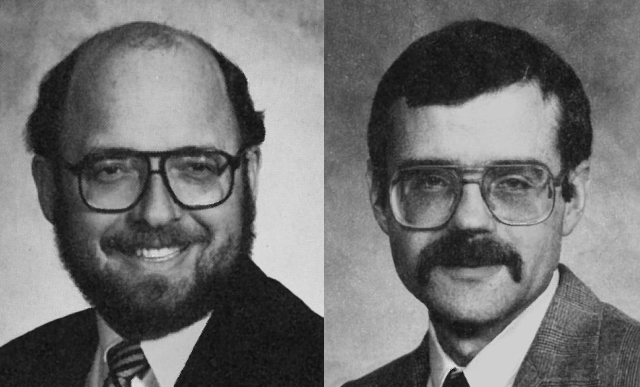
December 14 marked 7,642 days that Terry Branstad has been governor of Iowa, making him the longest-serving governor in U.S. history, according to Eric Ostermeier of the Smart Politics website. Because most states have term limits for governors, “The odds of anyone passing [Branstad] in the 21st Century are next to none,” Ostermeier told Catherine Lucey of the Associated Press.
Speaking about his legacy, Branstad has emphasized the diversification of Iowa’s economy, even though a governor has far less influence over such trends than Branstad seems to believe. Some have cited “fiscal conservatism” as a hallmark of Branstad’s leadership. I strongly disagree. The man who has been governor for nearly half of my lifetime is stingy about spending money on education and some other critical public services. He opposes bonding initiatives commonly used in other states to fund infrastructure projects (“you don’t borrow your way to prosperity”). But he is happy to provide tens of millions or hundreds of millions of dollars in tax breaks to corporations that don’t need the help, without any regard for the future impact of those tax expenditures on the state budget. Many of Iowa’s “giveaways” in the name of economic development will never pay for themselves.
Branstad’s governing style has changed Iowa in important ways. He has altered Iowans’ expectations for their governor. He has expanded executive power at the expense of both the legislative branch and local governments. And particularly during the last five years, he has given corporate interests and business leaders more control over state policy. More thoughts on those points are after the jump, along with excerpts from some of the many profiles and interviews published as today’s landmark approached.
P.S.- Speaking of Branstad doing what business elites want him to do, Iowa Public Television’s “Governor Branstad: Behind the Scenes” program, which aired on December 11, included a telling snippet that I’ve transcribed below. During a brief chat at the Iowa State Fair, Iowa Board of Regents President Bruce Rastetter asked Branstad to call Bruce Harreld, at that time one of the candidates to be president of the University of Iowa. That Rastetter asked Branstad to reassure Harreld was first reported right after the Board of Regents hired the new president, but I didn’t know they had the conversation in public near a television camera.
P.P.S.-Now that Branstad has made the history books, I remain convinced that he will not serve out his sixth term. Sometime between November 2016 and July 2017, he will resign in order to allow Lieutenant Governor Kim Reynolds to run for governor in 2018 as the incumbent. Although Branstad clearly loves his job, he is highly motivated to make Reynolds the next governor. She lacks a strong base of support in the Republican Party, because she was relatively inexperienced and largely unknown when tapped to be Branstad’s running mate in 2010. Even assuming she is the incumbent, Reynolds strikes me as more likely to lose than to win a statewide gubernatorial primary. Remaining in Branstad’s shadow would give Reynolds little chance of topping a field that will probably include Cedar Rapids Mayor Ron Corbett and Iowa Secretary of Agriculture Bill Northey.
P.P.S.S.-I will always believe Branstad could have been beaten in 1990, if Democrats had nominated a stronger candidate than Don Avenson. Attorney General Tom Miller lost that three-way primary for one reason only: he was against abortion rights. Miller later changed that stance but never again ran for higher office.
Continue Reading...





